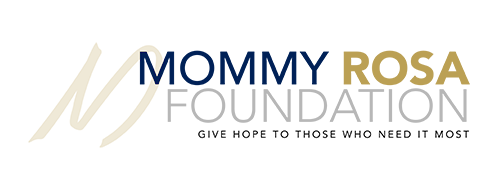project 1:
Our Afterschool Program is modeled after “Community Works”, a model setup and used by the Verizon foundation (Thinkfinity). This program includes “Early Childhood Help”, the “Middle School Project” and the “Youth Community engagement” EARLY CHILDHOOD HELP It involves discussing ways that narrative and vivid illustrations combine in a picture book to advance social justice issues. • Design and carry out a service learning project, taking photographs to document the experience. Overview communities like emperor penguins, then the world might be a better place. This multidisciplinary project engages middle school-age youth in a study of community behavior, then guides groups in designing and documenting their own service learning project. In the process, they build literacy skills, practice scientific inquiry and improve their photography technique.
Step 1: Getting Started Before sharing the book, “A Chair for My Mother,” by Vera B. Williams, discuss the concept of social justice. Then after the story, talk about the ways the book illustrates social justice and other issues that affect vulnerable members of a community. Lead the conversations to examples of how individual members of a community support one another. View resource: Crit Lit for Kids: From Critical Consciousness to Service Learning by Read Write Think Focus on: Sessions 1 & 2 for good discussion questions.
Step 2: Find Out More Investigate on how penguins live and participate in a community by watching a preview for the film “March of the Penguins,” a Creature Feature on emperor penguins, or a Crittercam of animals in Antarctica. View resource: It Takes a Rookery by Xpeditions
Step 3: Piece It TogetherAsk the group to think about how people help each other in their own community, and give them the opportunity to carry out a service learning project that they design based on community needs. View resource: It Takes a Rookery by Xpeditions Focus on: Do Something About It.
Step 4: Share What’s Learned encourage the group to celebrate both their service and their learning by showing photographs of their work in the community. For inspiration, explore Community PhotoWorks, a Look-Listen-Learn module featuring an online gallery of student photographs and artist’s statements, as well as resources for teaching analysis of visual media and photography techniques. Of particular relevance for this project, The Language of Photography offers pointers on capturing images that tell a story.
